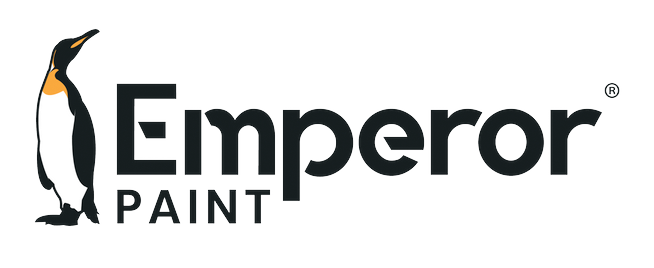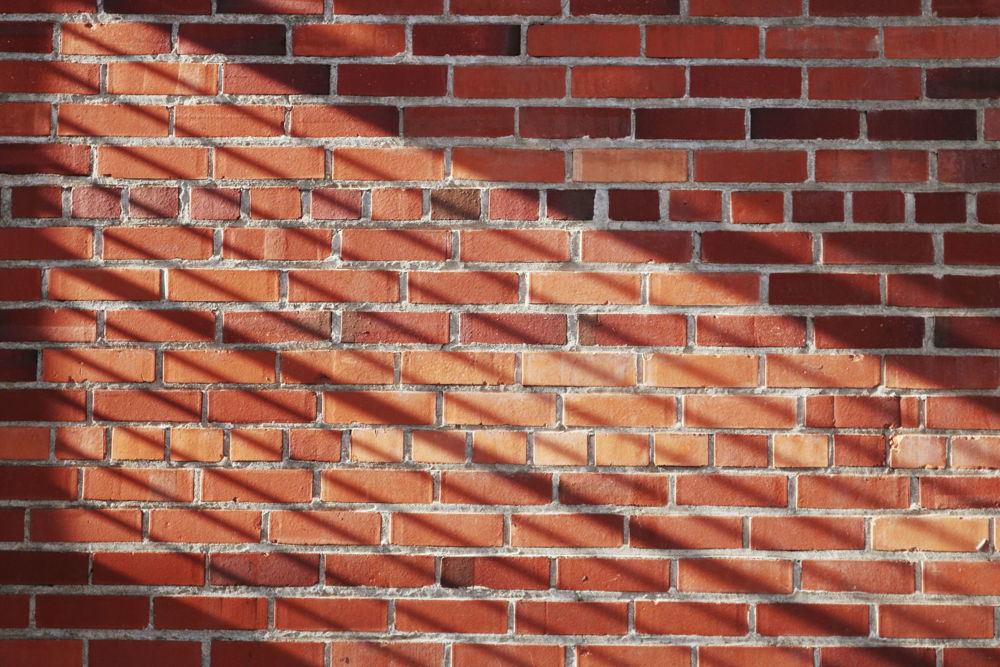
Waterproofing is a hot topic here in the UK due to the Great British weather that our homes must endure. That is why waterproofing and in particular waterproofing masonry is one of the things we get asked most about from homeowners. To answer all of the questions you may have and the ones you may not have thought about we have put together this guide containing everything you need to know about masonry waterproofing and why it is crucial.
What Is Masonry?
So, let's start with what we mean when we are talking about masonry. Masonry is the formation of by interlocking units that are held together by mortar. Masonry can comprise of a range of building materials such as brick, stone or blocks.
Bare, natural masonry is often chosen for its natural beauty, however this can often be compromised long-term if they aren't protected from the elements.
Why Is Waterproofing Masonry Important?
While masonry walls are a strong and stable form of building structure, like all exterior building materials they are prone to the elements. Contrary to popular belief, masonry is not waterproof. This is because all masonry surfaces have some level of porosity, meaning they can absorb moisture.
The level of porosity can depend on the type of material used. For example, engineering bricks have a lower porosity level than a sandstone block, meaning they will absorb less moisture and generally be less prone to problems. Having said this, all masonry surfaces are porous to some extent and will absorb moisture.
Masonry walls absorbing moisture is a process called penetrating damp, which occurs when water from driving rain hits the masonry and soaks through into the wall through the pores of the masonry. This water can also be caused by leaks from the roofline which cause a consistent flow on water to run down the masonry.

Penetrating damp can impact all properties whether they have a solid wall construction or a cavity wall construction. In the case of solid wall properties, the moisture can transfer from exterior wall into the interior wall, causing damp problems and mould growth. To combat this cavity wall construction was developed in order to create a gap between the exterior wall and interior wall. This gap would prevent the transfer of moisture from one to the other. With cavity wall insulation however, when poorly fitted this can recreate this bridge for moisture to transfer. Furthermore, the moisture can soak the insulation causing it to become wet and preventing it from insulating the property. This can often lead to cavity wall insulation removal once the insulation is compromised.
Aside from internal damp problems, penetrating damp and a lack of waterproof protection for masonry can have a number of other impacts on your home, both for the appearance and performance of the wall.
ORGANIC GROWTH
Organic growth such as mildew, lichens or algae are examples of fungus that can bloom in moist, damp conditions, especially where there is low levels of sunlight. When masonry comes saturated it can provide the perfect conditions for organic growth to develop, leading to large amounts of green discolouration forming. While you can remove organic growth from masonry, it will continue to grow until the source of the moisture is prevented.
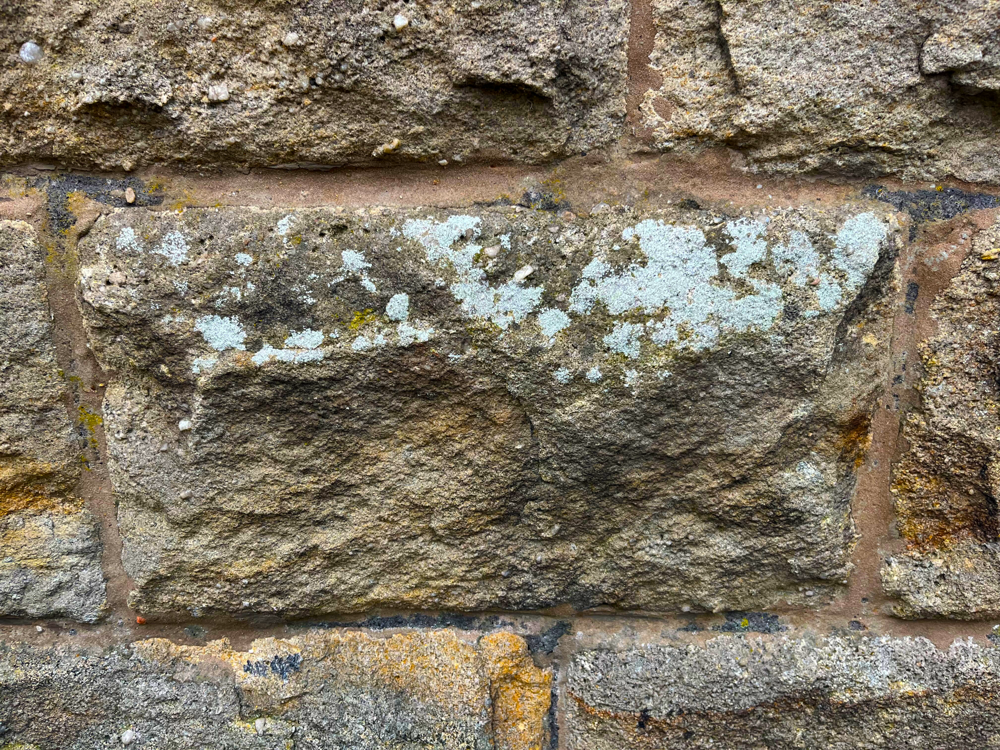
DAMAGE
You may not know but cracked masonry and other defects are often directly caused by moisture. When water enters a wall it can undergo what is known as a 'freeze-thaw cycle' when temperatures drop. When this water freezes it expands, causing movement within the masonry. This movement results in cracks opening up within the wall under the pressure, which allows more water to enter the masonry and continues the damage cycle.
Spalling bricks can also be caused by this movement of moisture, causing the face of bricks to crumble away. This exposed the face of the brick and causes the brick to become more porous, up taking even more moisture and continuing the cycle.
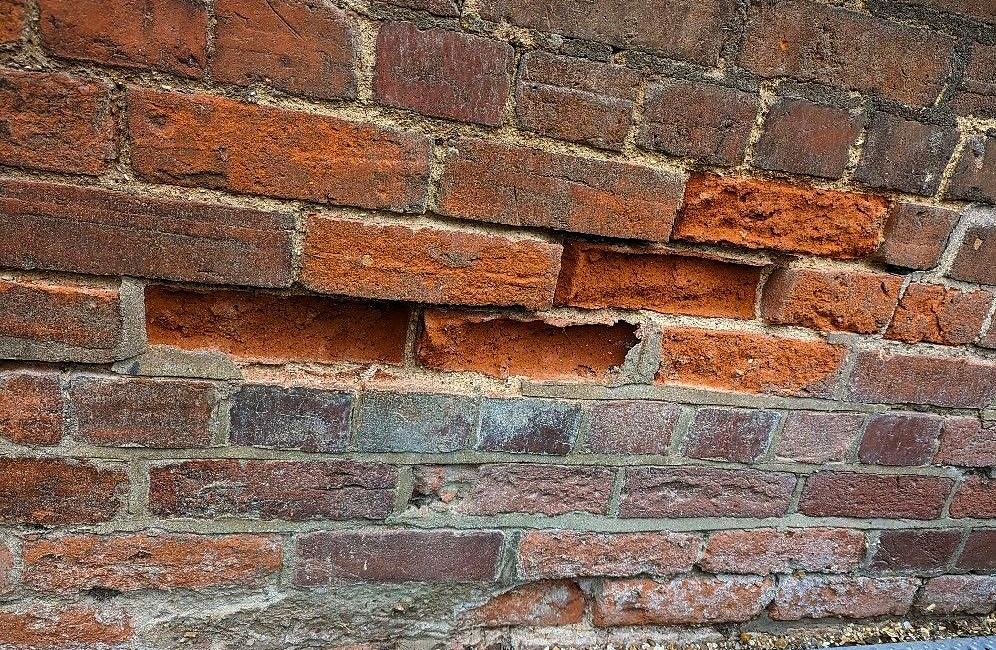
HEAT LOSS
One of the lesser-known causes of damp exterior walls is heat loss, but in today's energy climate this is potentially the most harmful impact of penetrating damp.
In short, wet walls mean cold walls. Just like wearing wet clothes causes us to lose heat, the same occurs with our masonry walls. To be exact, damp content of just 5% can lower the insulating properties of a material by 50%. With 35% of heat loss in our homes occurring through the exterior walls, if these are wet they can lead to significant heat loss and higher energy costs.

EFFLORESCENCE
Have you wondered what the white marks are that are found on thousands of natural masonry properties across the UK? This is called 'efflorescence' also known as salt efflorescence, which is caused by penetrating damp. When moisture enters the masonry it dissolves the salt within the brick and mortar. When this moisture then evaporates it draws these salts out of the masonry and to the surface, depositing this on the face of the wall.
While efflorescence itself is not harmful for your home, it can cause a real eye-sore on natural masonry. More importantly, it is also a sign that water is absorbing into your exterior walls and could eventually lead to damp and damage.
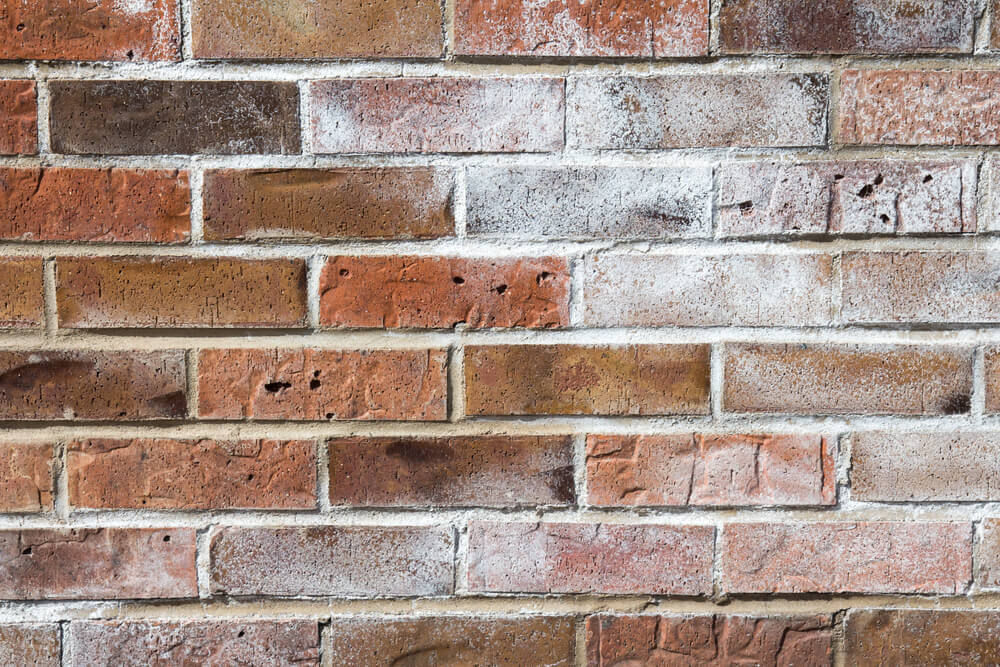
Does Paint Waterproof Masonry?
A question we are often asked is whether painted masonry is as susceptible to moisture as bare, unpainted masonry walls. The answer is to some extent painting masonry will reduce water absorption, especially on highly porous masonry surfaces. The truth is however, standard masonry paints are not waterproof meaning just like bare masonry, they will absorb moisture over-time.
The other problem standard masonry paint causes is that it reduces the breathability of the masonry. Standard masonry paints are generally acrylic-based which gives them poor breathability. While they do breathe somewhat, they often do not breathe quickly enough to release the moisture that is gathered over-time.
This means that once water inevitably builds-up underneath to paint it cannot escape and naturally breathe out of the wall. This causes the moisture to continue to gather, causing all of the problems bare masonry suffers from, eventually resulting in the paint failing.
This is the primary cause of paint failure in the UK, which is why especially in coastal and rural areas that get large amounts of bad weather, masonry paint can fail within 1-2 years.
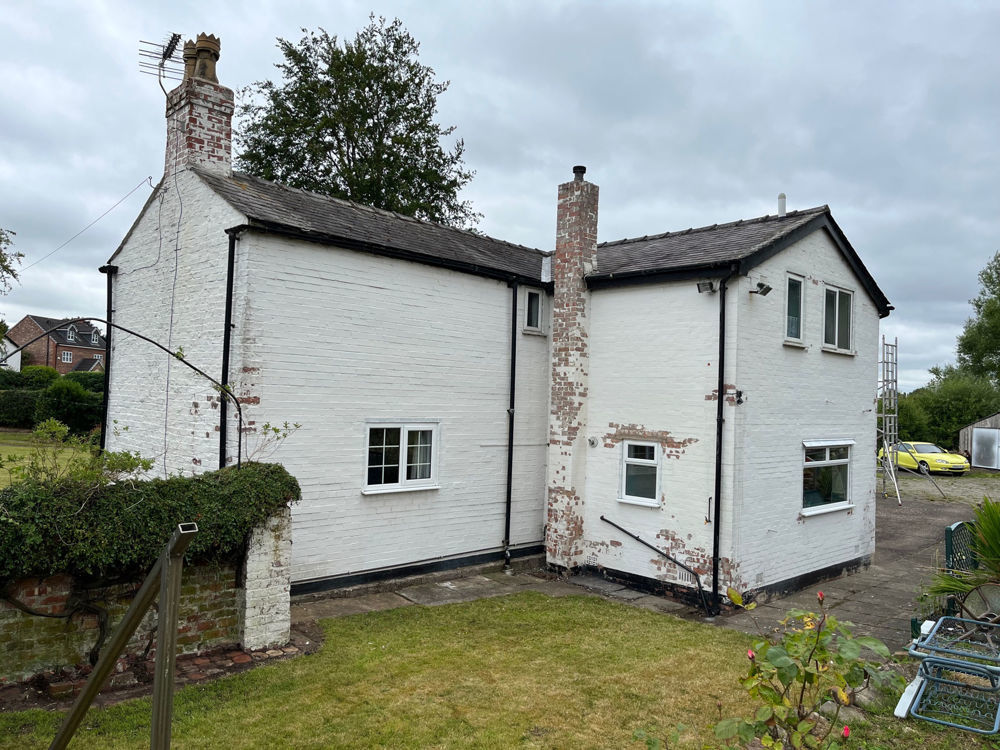
How Can You Waterproof Masonry?
The first step when waterproofing masonry is to address any underlying structural issues with the property. Cracks in the masonry, leaking gutters and other faults will all contribute to moisture to enter through the masonry.
Once your property is structurally sound, you have two options in terms of waterproofing the exterior walls. You can either use a masonry cream or a masonry paint, but whatever product you use must be waterproof and highly breathable.
Emperor Masonry Creme and Emperor Masonry Paint have been developed using nano-technology in order to create what is known as a 'super hydrophobic' surface on exterior walls. This completely repels water and causes it to form beads that simply roll off the wall before it can soak in to the masonry. It achieves this while also remaining highly breathable, ensuring walls can naturally breathe and stay dry.
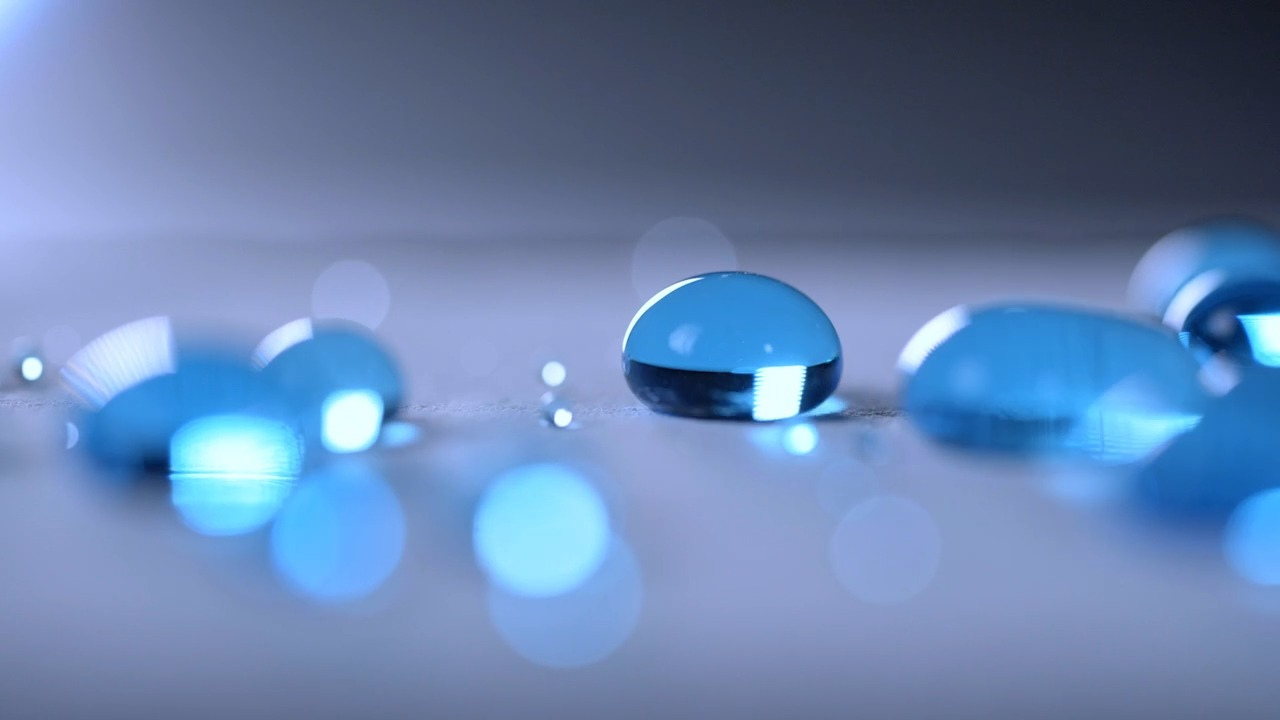
The two products offer two different finishes, with Emperor Masonry Creme offering an invisible finish for any bare, natural masonry surface and Emperor Masonry Paint offering a coloured, painted finish for bare surfaces or previously painted surfaces.
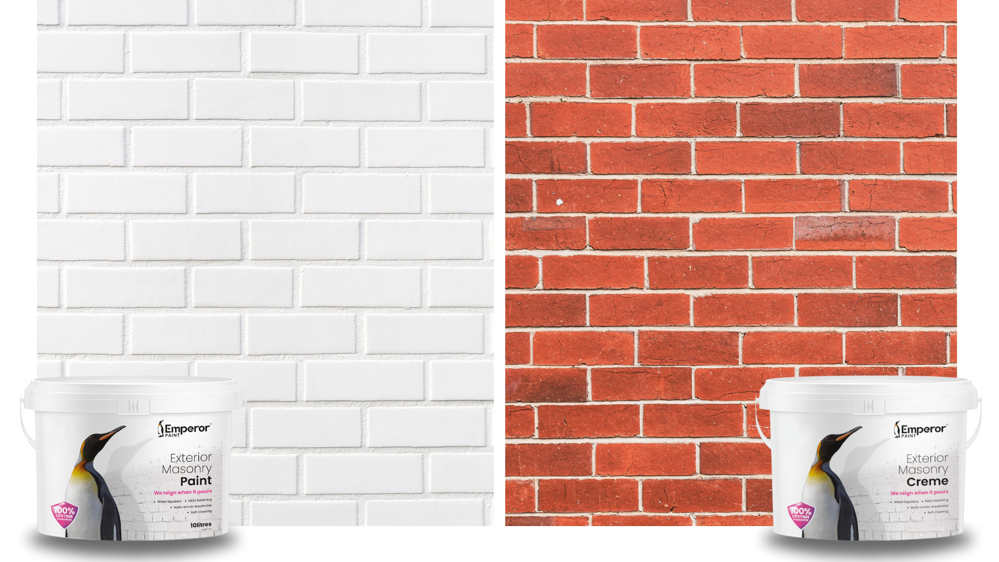
How Do You Apply Emperor Masonry Products?
PREPARATION
The key to any decorating project is preparation, especially when you are applying exterior products as they must endure lots of weathering over-time. No matter which product you are using, ensure you fill any cracks or holes using an appropriate exterior filler and address any leaks from guttering or downpipes.
Once the surface is sound, you must clean it to prevent any dirt of discolouration impacting the beauty and performance of the products. Start by cleaning the wall down using a pressure-washer (on a low pressure), hose-pipe or a stiff brush and hot water. This preliminary clean is to remove any surface level dirt from the masonry.
Once this has been done, apply Emperor Exterior Cleaner to the wall using a brush, roller or pump-sprayer. This is a fungicidal wash which kills any organic growth on the wall. While this is only essential if you have visible organic growth, it is recommended for all projects to ensure that there is no organic growth on the wall that can continue to grow in the future. After all, it is better to be safe than sorry.
If using Emperor Masonry Paint, ensure you remove any loose or peeling previous paint using a wall scraper. If using Emperor Masonry Creme on a previously painted wall, remove all paint.
The main difference in preparation when it comes to Emperor Masonry Paint and Emperor Masonry Creme is that bare, unpainted surfaces must be primed if you are using Emperor Masonry Paint. A primer is required if you are painting a bare surface as it not only helps the paint adhere to the surface but also prevents the first coat of paint soaking too much into the masonry, which would result in the loss of coverage. You do not need to apply primer if you are painting previously painted masonry or if you are using Emperor Masonry Creme. If you applied primer when using Emperor Masonry Creme, it would prevent the treatment soaking into the wall, which is how it achieves its invisible finish.
Simply apply Emperor Exterior Primer to the masonry using a brush, roller or airless spray machine at a coverage of 5-8m2 per litre. Leave the primer to dry for 3-5 hours at 20°C or for longer at lower temperatures.
APPLICATION - EMPEROR MASONRY PAINT
Now on to the exciting bit, the applying! By taking your time preparing the surface thoroughly, you make the application of the products as easy and as simple as possible.
Before you start applying anything, ensure the temperature is above 5°C. If the temperature is below 5°C before the products have completely dried, they will stop drying until the temperature rises above 5°C. It is also important that you check for any rainfall, as you want to ensure you have enough dry weather to apply the products and allow them to dry before the heavens open. The surface you are waterproofing should also be dry to the touch with no visible moisture on the surface.
We are all familiar with applying paint, with Emperor Masonry Paint being applied just like any other. It is important to mix your paint thoroughly with a paddle before use, as this ensures all of the ingredients are equally dispersed for maximum performance. The easiest way to apply Emperor Masonry Paint is a combination of a paint brush and a long-pile roller, although it can also be applied via airless spray machine.
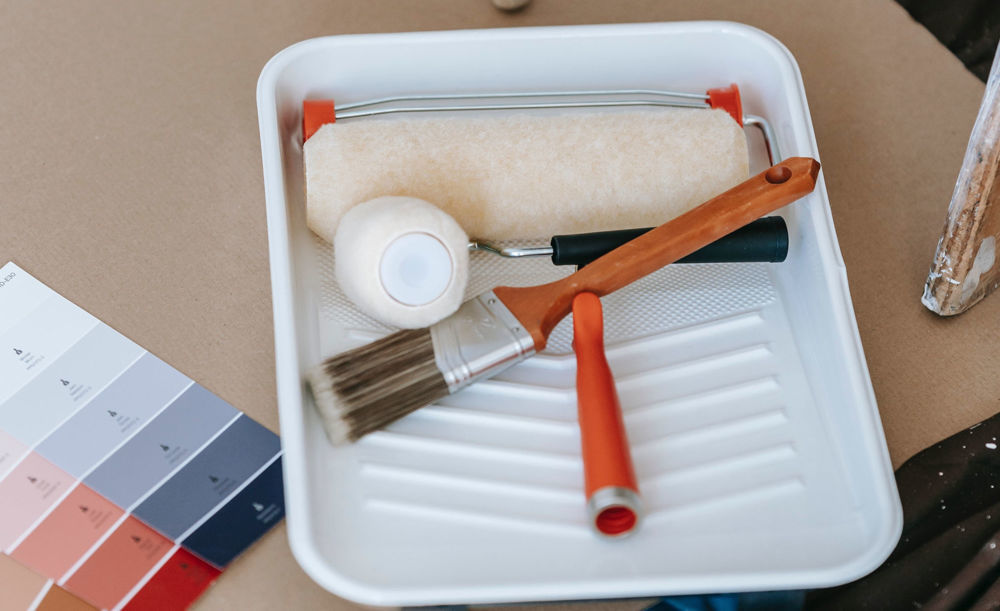
Start by applying your first coat of paint at 5-6m2 per litre on smooth surfaces, which can be reduced down to 2-3m2 per litre on rough, textured surfaces such as pebbledash. We recommend starting at the top of the wall and working your way down, which helps to prevent any paint drips.
While touch dry after 1-2 hours, it is crucial to allow 8 hours at 20°C for the first coat to dry before you start applying your second coat. Lower temperatures will extend this drying time.
Once the first coat has had enough time to cure, simply apply your second coat just like the first and allow to dry once again.
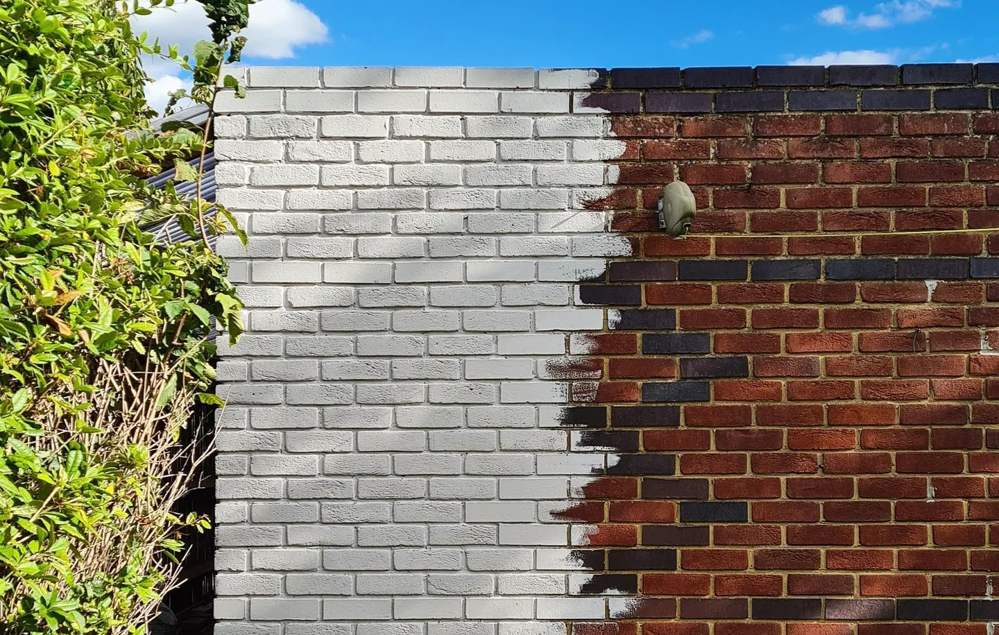
APPLICATION - EMPEROR MASONRY CREME
Applying Emperor Masonry Creme is a little different to applying paint, however it is just as simple. Emperor Masonry Creme comes in a gel form which is simply laid onto the masonry, instead of rolling it into the masonry as you would do a paint.
Once applied at 5m2 per litre, simply allow the Emperor Masonry Creme to absorb into the masonry in the same way you would a sun cream or moisturiser. Within 1-2 hours at 20°C it will have absorbed completely into the masonry and will have left invisible protection.

Frequently Asked Questions
Q. HOW OFTEN WILL I NEED TO RE-WATERPROOF THE MASONRY?
Emperor Masonry Paint and Emperor Masonry Creme have both been designed for long-term durability in all weather conditions. In independent testing both masonry waterproofing products were found to withstand harsh weather conditions for 25 years without showing any signs of deterioration in performance or appearance. Due to this, they will likely exceed this 25 year proven performance, which is why we offer a lifetime guarantee.
Q. WHAT IS STANDARD MASONRY PAINT NOT WATERPROOF?
The reality is, while many masonry paints claim to be either waterproof, weatherproof or water-resistant, these will often up take moisture over-time and aren't completely waterproof. This is because they are acrylic-based and acrylic resins can absorb moisture. To be waterproof a product must be water repellent and thus prevent water from soaking into the surface. These acrylic-based masonry paints also have poor breathability, which contributes to high levels of moisture.
In contrast, Emperor Masonry Paint is silicone-based with high-quality resins, which allows it to outperform standard masonry paints in everything from finish to durability.
Q. HOW DO EMPEROR PAINT PRODUCTS PREVENT HEAT LOSS?
As we previously mentioned, wet walls result in cold walls. In independent testing a masonry wall that was treated with Emperor Masonry Paint and a masonry wall treated with Emperor Masonry Creme were both found to be 6°C warmer on average when compared to a masonry wall that was left untreated.
We hope we have answered any questions you may have had regarding masonry waterproofing and how to go about protecting your home from moisture. If you have any other questions our team of experts are on hand to assist you no matter your problem. Contact them today by emailing info@emperorpaint.co.uk or calling 0161 509 9009. Alternatively, shop Emperor Masonry Paint or Emperor Masonry Creme today and get free next working day delivery on all orders over £50.

